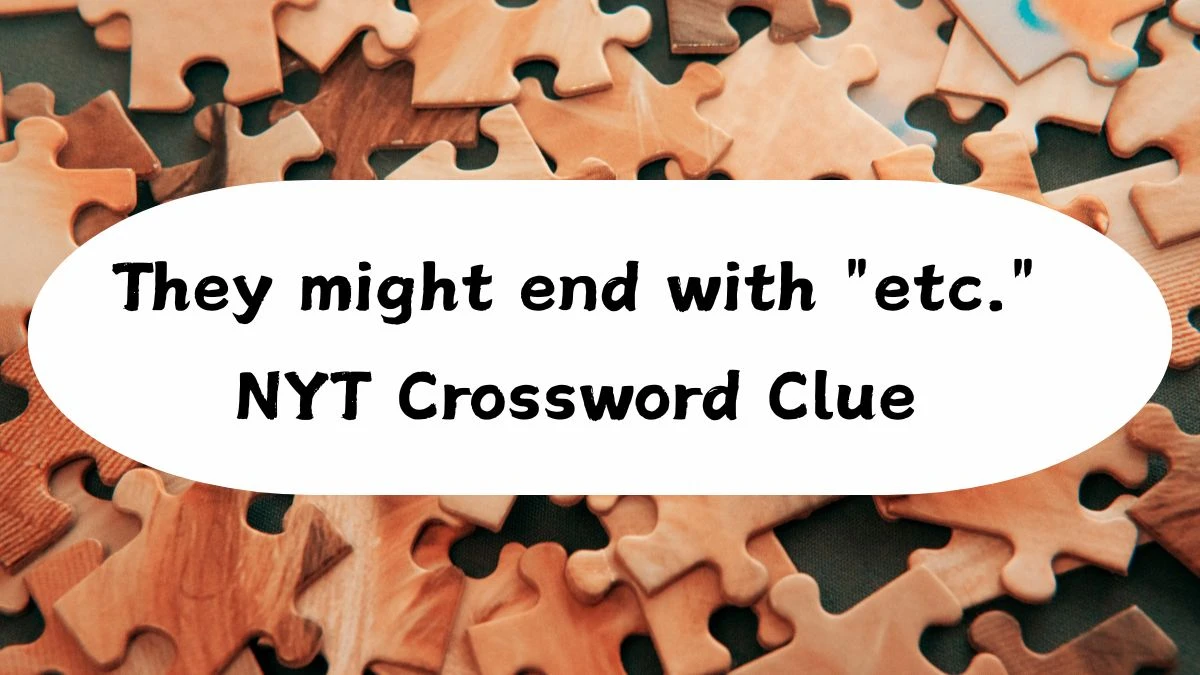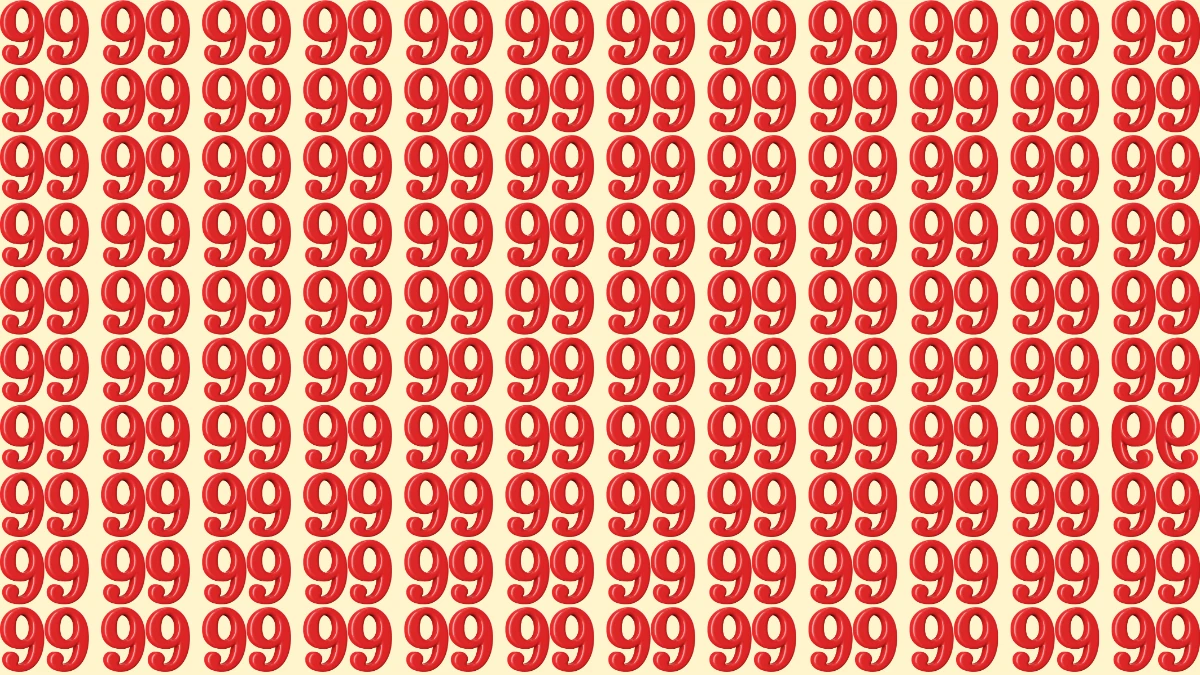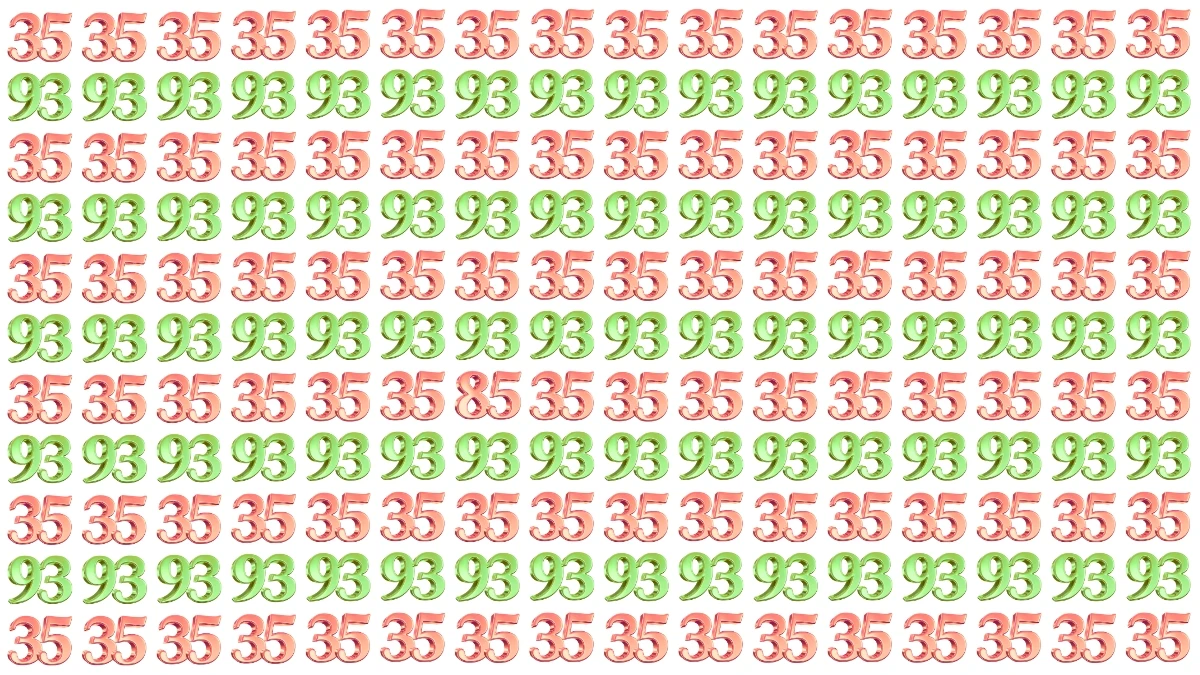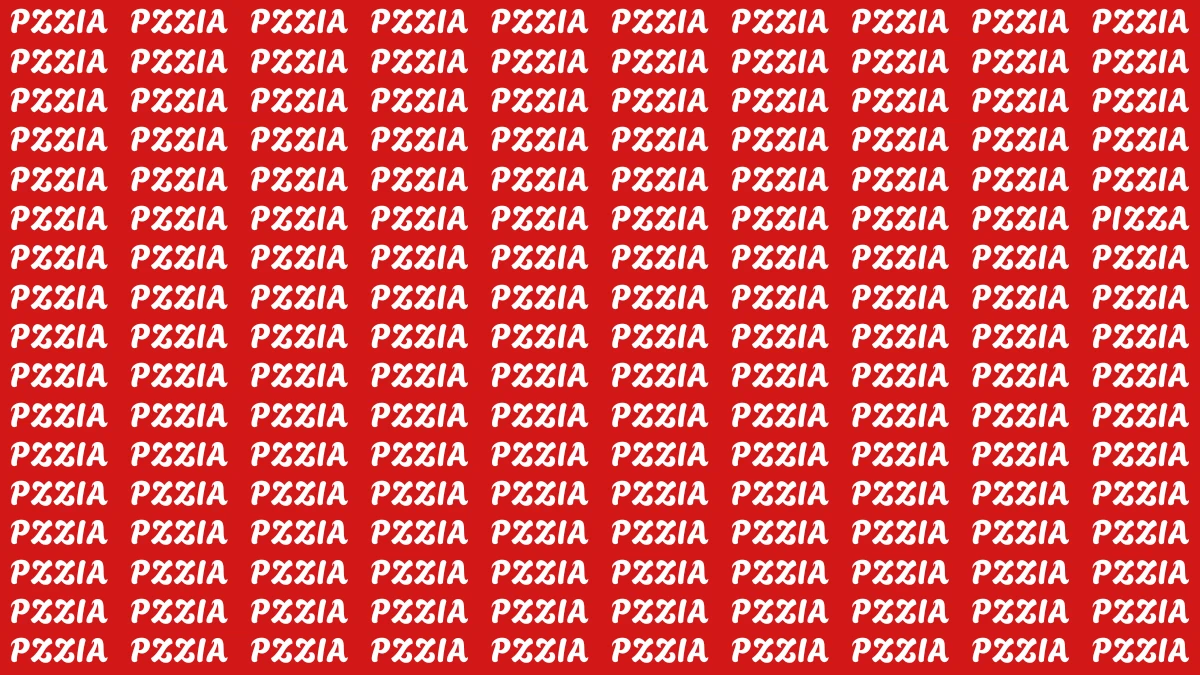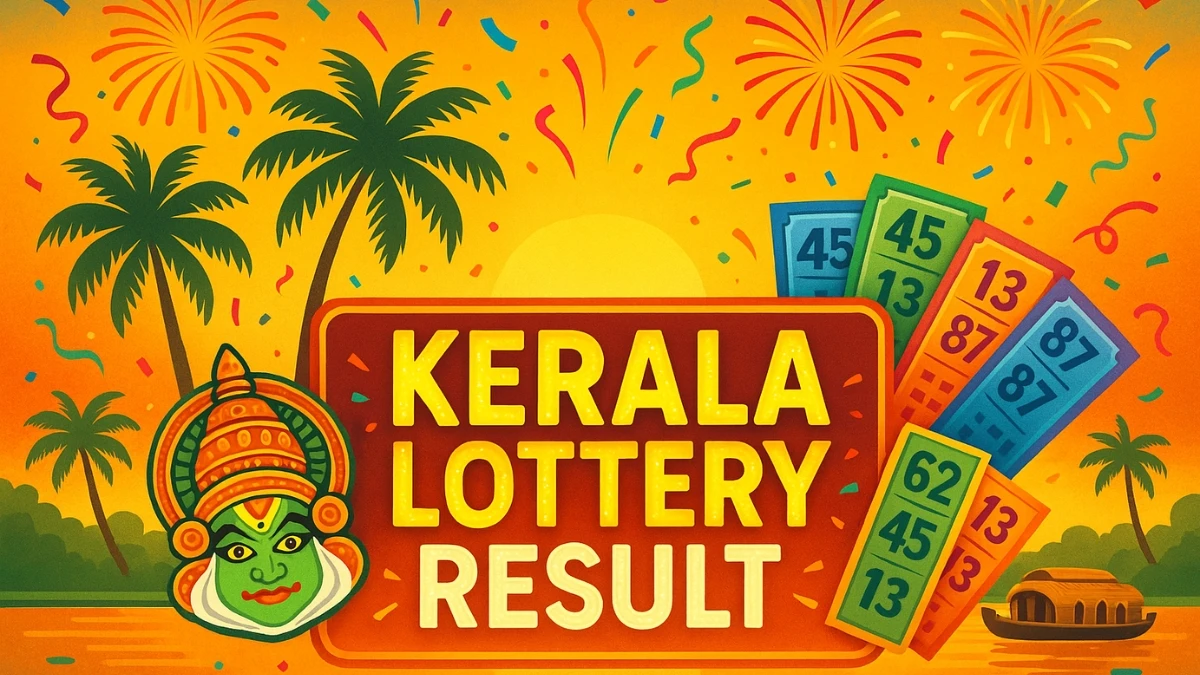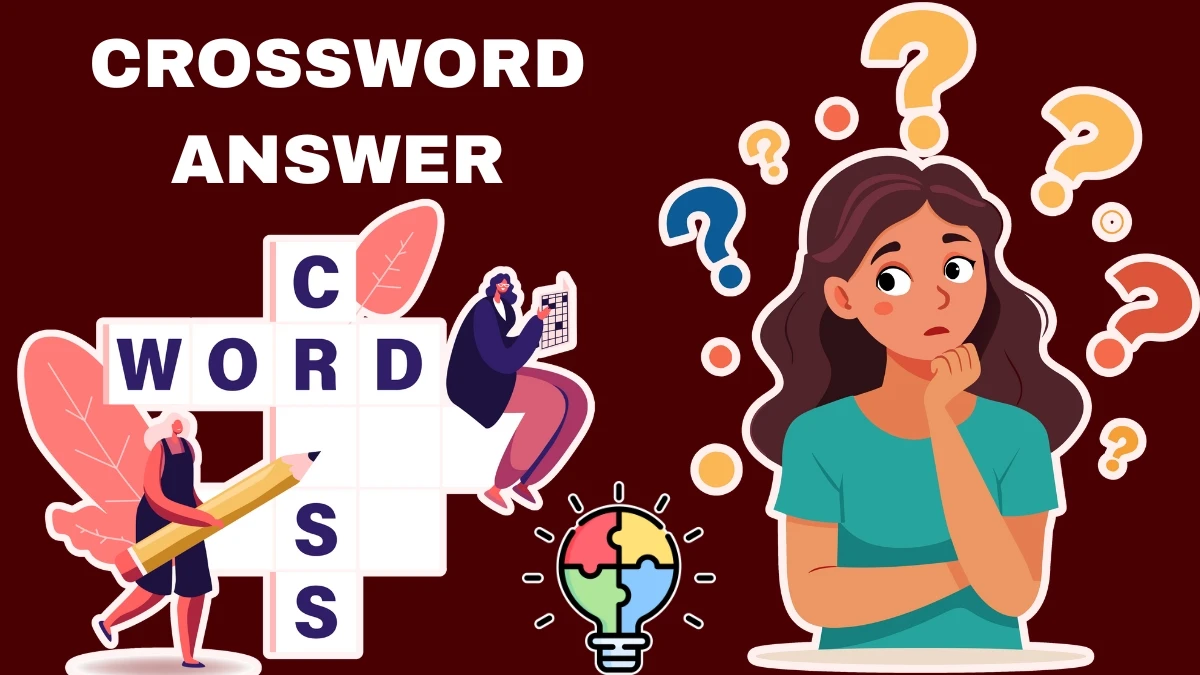Understanding Abbreviations and "Etc." Usage
Abbreviations serve as efficient communication tools by condensing longer expressions into manageable forms. When writers need to provide examples of abbreviations, they frequently use "etc." to signal that additional similar items exist without exhaustively listing every possibility.
Common abbreviation categories that might be followed by "etc." include:
- Title abbreviations: Dr., Prof., Rev., Hon., etc.
- Time-related abbreviations: AM, PM, EST, GMT, etc.
- Measurement abbreviations: ft., lb., oz., kg., etc.
- Business abbreviations: Inc., Corp., LLC., Ltd., etc.
Proper "Etc." Implementation
The abbreviation "etc." should appear after at least two similar items in a series. Writers use this Latin phrase (meaning "and other things") to maintain conciseness while acknowledging that complete enumeration would be impractical or unnecessary.
SEO Tip: When creating content about abbreviations, include relevant examples that your target audience commonly encounters. This improves user engagement and provides comprehensive value.
Related Terms and Context
Abbreviations differ from acronyms, initialisms, and contractions, though these terms often appear together in style guides. Understanding these distinctions helps writers choose appropriate forms for their content and correctly apply "etc." when listing examples.
They might end with "etc." NYT Mini - FAQs
Q: What does "etc." stand for?
"Etc." is short for "et cetera," a Latin phrase meaning "and other things" or "and so forth." It indicates that a list continues with similar items without naming them all.
Q: Should I put a period after "etc."?
Yes, always include a period after "etc." since it's an abbreviation. If "etc." ends a sentence, use only one period, not two.
Q: Do I need a comma before "etc."?
Yes, always place a comma before "etc." when it concludes a series. For example: "titles like Dr., Mr., Mrs., etc."

